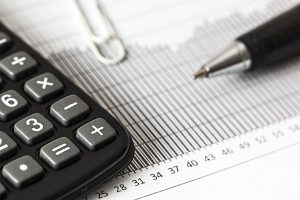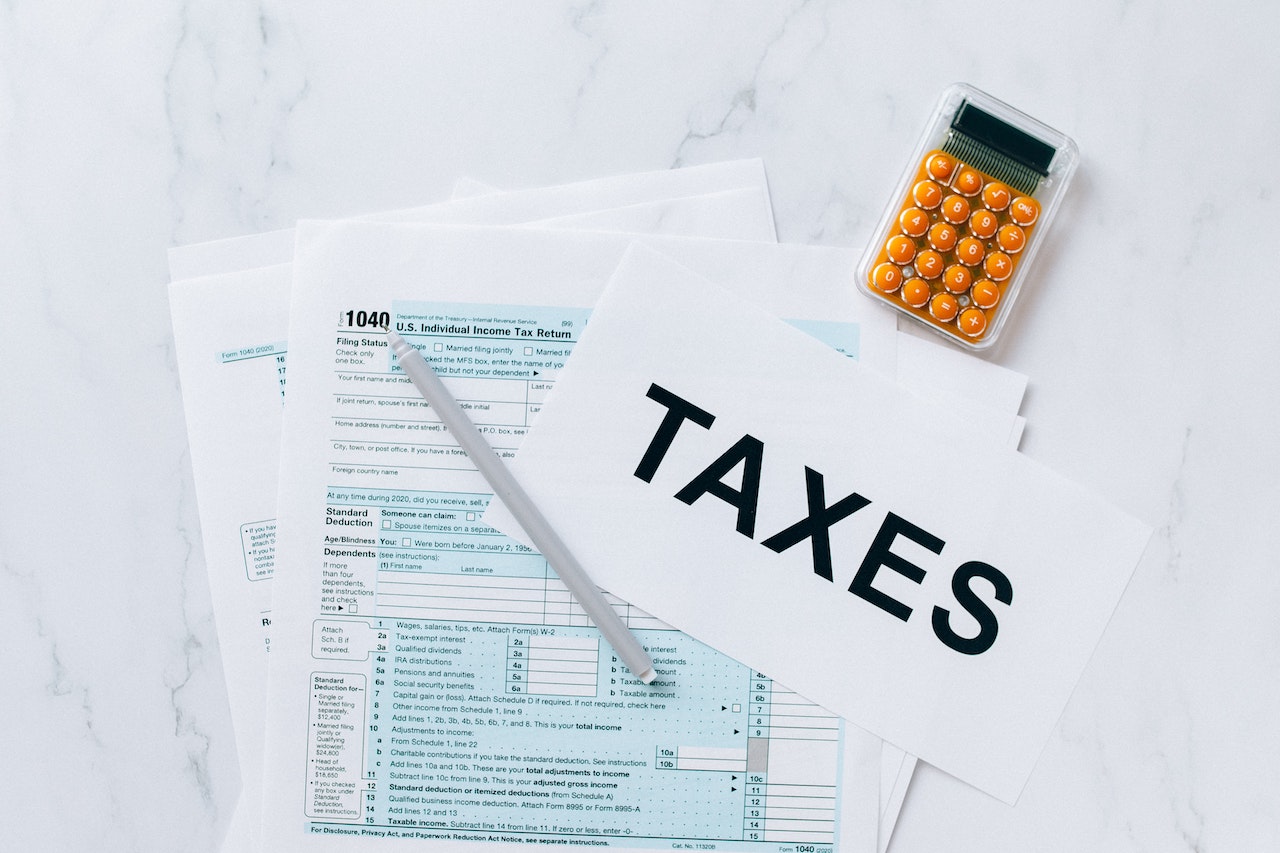When you submit your first self-assessment tax return, you might be surprised to find that your first tax bill is significantly higher than you expected.
This is usually due to payments on account, which HMRC adds to all tax bills that are higher than £1,000.
In this post, we’ll explain what how payment on account works, why the government charges, and what you can do if you cannot afford to pay.
What is Payment on Account?
On your self-assessment tax return, a payment on account is an advanced payment towards your next tax bill. If you’re self-employed, the payment on account will include Class 4 National Insurance contributions. But it won’t include anything you owe for student loans or for capital gains.
You have to make two payments on account each tax year, and they’re usually due by midnight on 31 January and 31 July.
Each payment will be half your previous year’s tax bill. And if you still owe tax after you’ve made your payments on account, you’ll have to make an additional “balancing payment” by midnight on 31 January in the following year.

Payment on Account Example
Let’s say your tax bill for the 2021-2022 tax year is £3,000.
In the previous year, you made two payments on account of £900 each, totalling £1,800.
This means that, in January 2023, your tax bill would be £2,700.
Broken down, this includes:
- A “balancing payment” of £1,200 for the 2021-2022 tax year (the £3,000 you owe less £1,800 for the two payments on account you’ve already made)
- The first payment on account towards your 2022-2023 tax bill (half of your 2021-2022 tax bill, so £1,500)
You’d have to pay this amount by midnight on 31 January 2023. You’d then have to pay an additional £1,500 by midnight on 31 July 2023.
So by the time we get to January 2024, you’ll have already paid £3,000 towards your tax bill. But if your tax bill exceeds £3,000, you’ll have to pay whatever remains as a balancing payment.
Why Do Government’s Charge Payment on Account?
HMRC claim that they introduced payments on account to help self-employed people stay on top of their tax payments. It essentially means that you’ll pay your tax bill in instalments over the course of the year.
So rather than facing one potentially huge tax bill a year, you’ll instead make a series of smaller payments. This can make budgeting a little easier.
Payments on account also ensure that you’ll never pay tax in arrears. This benefits both you and HMRC. It means that your tax situation will never spiral out of control, and it also makes it less likely that HMRC will ever have to chase you for payments.
But unfortunately, payments on account catch many people who are new to self-assessment unawares. If you’re already struggling financially, a larger-than-expected tax bill isn’t going to help. But luckily, there are a few things you can do if you don’t think you’ll be able to make your payments on account.
Can I Avoid Making Payments on Account?
There are only two situations which can exempt you from making payments on account:
- If your last self-assessment tax bill was less than £1,000.
- You paid over 80% of your previous year’s tax bill, such as through your tax code or through interest on your savings.
Unless either of these apply, you will have to make two payments on account each year.
However, you can request to reduce your payments on account, if you’re struggling.
How to Reduce Your Payments on Account
If you know your forthcoming tax bill is going to be lower than last year’s, you can request to reduce your payments on account. You can do this online, or by post.
To do it online, first sign in to your online account. Then you need to view your latest self-assessment tax return, and choose the “reduce payments on account” option.
To reduce your payments on account by post, you need to send form SA303 to your tax office.
What If I Can’t Afford My Tax Bill?
If you’ve just received your first self-assessment tax bill, payments on account might make it considerably higher than you expected. If you’re going to struggle to pay your tax bill, there are a few things you can do.
For example, you might be able to make a Time to Pay arrangement. With this, you and HMRC can agree on how much you can pay each month.
Read our full guide to what you can do if you’re having difficulties paying HMRC.
Tax Support for Self-Employed Workers?
If you’re new to the world of self-employment and self-assessment, it can take some time to get to grips with your tax obligations. So we created a detailed guide to tax for self-employed workers.
Our guide covers how much you need to earn to pay tax, while explaining how and when to file a tax return, if you’ve never done it before. It also links to various additional resources, including advice on allowable expenses, the records you should keep, and how legal insurance can cover you against potential investigations.
Head here to read our guide to tax for self-employed workers.
If you have any questions, or you’d like to discuss your options, you can contact the Tapoly team at info@tapoly.com, call our info line on +44(0)207 846 0180, or use the chat box on our website.

